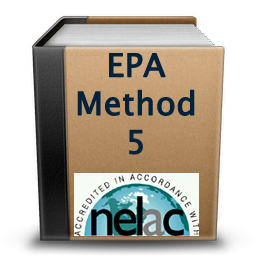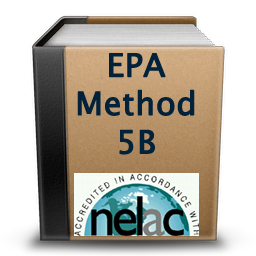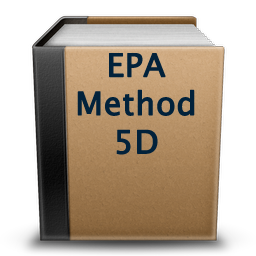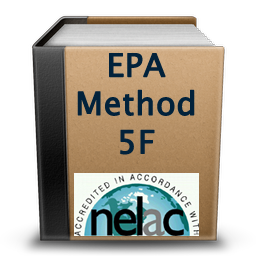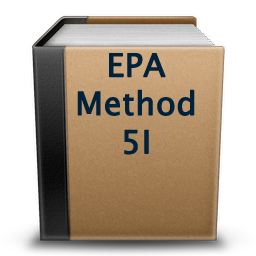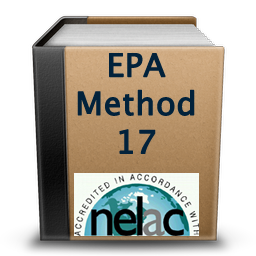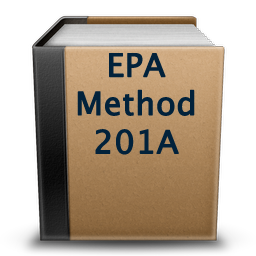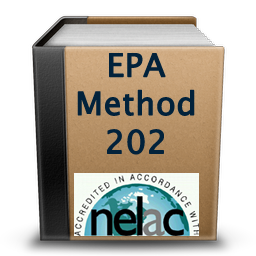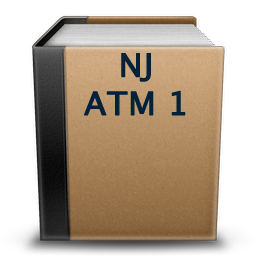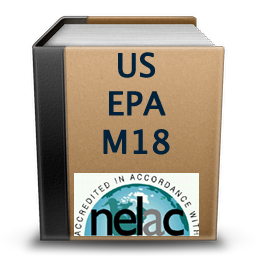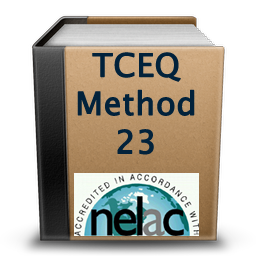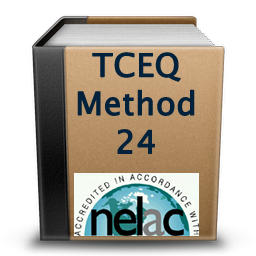The Services you Deserve!
What makes us so different? We provide you with more than you expect!
Our state-of-the-art environmentally controlled laboratory is designed to allow the highest accuracy and reliability while obtaining gravimetric weights.
- Our balances are extremely accurate at obtaining readings as low as 0.01 mg. This is an order of magnitude lower than EPA method requirements. This assures accurate and reliable mass measurements. Our balances are also linked to a computer with weights being transmitted to the data file by digital uplinking. This ensures that weights are never incorrectly recorded by manual errors.
- Other laboratories might require the use of an air ionization gun in attempts to remove static build-up from samples. Static build-up can be a large bottleneck when trying to obtain constant weights. Clean Air Engineering Laboratory Services has developed a proprietary techniques of preventing static build-up on all sample containers. This includes inside of our desiccators to prevent static build-up on all samples. While we do have an air ionization gun available, its use is generally no longer necessary. We believe this greatly enhances the quality and reliability of our gravimetrics capabilities.
- All solutions are evaporated in lightweight, inert Teflon® containers that minimize any effects of container weight. Many labs will used 250 ml glass beakers that can weigh 100 grams. This can marginalize a small weight difference such as 1 mg. Our inert Teflon® containers weigh nominally 4 grams each. This minimizes container weight effects.
- Does your laboratory publish a detection limit for Gravimetrics Analysis? CleanAir® does! This fact can give you confidence in our measurements in the one milligram range.
- All CleanAir Engineering Laboratory Services' gravimetrics analyst's participate in third party proficiency testing on a semi-annual basis. This participation includes both filters and spiked impinger solutions. Our analyst's must keep a record of passing two PT Audits per year.
- EPA guidance and state regulations require a very detailed report. CleanAir® reports every bit of information any reviewer would need to reproduce our results. These reports include photos of residues. We take the time to compile and double-check all of these data. While stack test reports often may get through agencies with only summary analytical data as an appendix, it's not unusual for the agency to request all appropriate documentation. To ensure a seamless process, we include all data (including daily balance calibrations with certified Class 1 weights) for review.
Learn more about the Methods you use every day!
Click on the books below to get a summary of the method, and general information that we have found to be important to the successful completion of your future project.
Still have more questions? Contact Us!



US EPA Method 5
Learn More about the determination of particulate matter emissions from stationary sources!
Yes! We are NELAC accreditied for this method!
US EPA Method 5B
Learn Moreabout the determination of nonsulfuric acid particulate matter emissions from stationary sources!
Yes! We are NELAC accreditied for this method!
US EPA Method 5D
Learn More about the determination of particulate matter emissions from positive pressure fabric filters!
US EPA Method 5F
Learn More about the determiation of nonsulfate particulate matter emissions from stationary sources!
Yes! We are NELAC accreditied for this method!
US EPA Method 5I
Learn More about the determiation of low level particulate matter emissions!
US EPA Method 17
Learn More about the determination of particulate matter emissions from stationary sources!Yes! We are NELAC accreditied for this method!
US EPA Method 201A
Learn More about the determination of PM10 and PM2.5 emissions from stationary sources!
US EPA Method 202
Learn More about the dry impinger method for determining condesable particulate emissions from stationary sources!
Yes! We are NELAC accreditied for this method!
New Jersey ATM 1
Learn More about the determination of particulate matter from stationary sources!
New Jersey ATM 5
Learn More about the sampling and analytical procedures for determining emissions of particles from combustion of wastes!
TCEQ Method 23
Learn More the determination of particulate matter in stack gases!
Yes! We are NELAC accreditied for this method!
TCEQ Method 24
Learn More about particulate (including ammonium sulfate and ammonium sulfite) in stack gases containing sulfur oxides and ammonia!
Yes! We are NELAC accreditied for this method!



